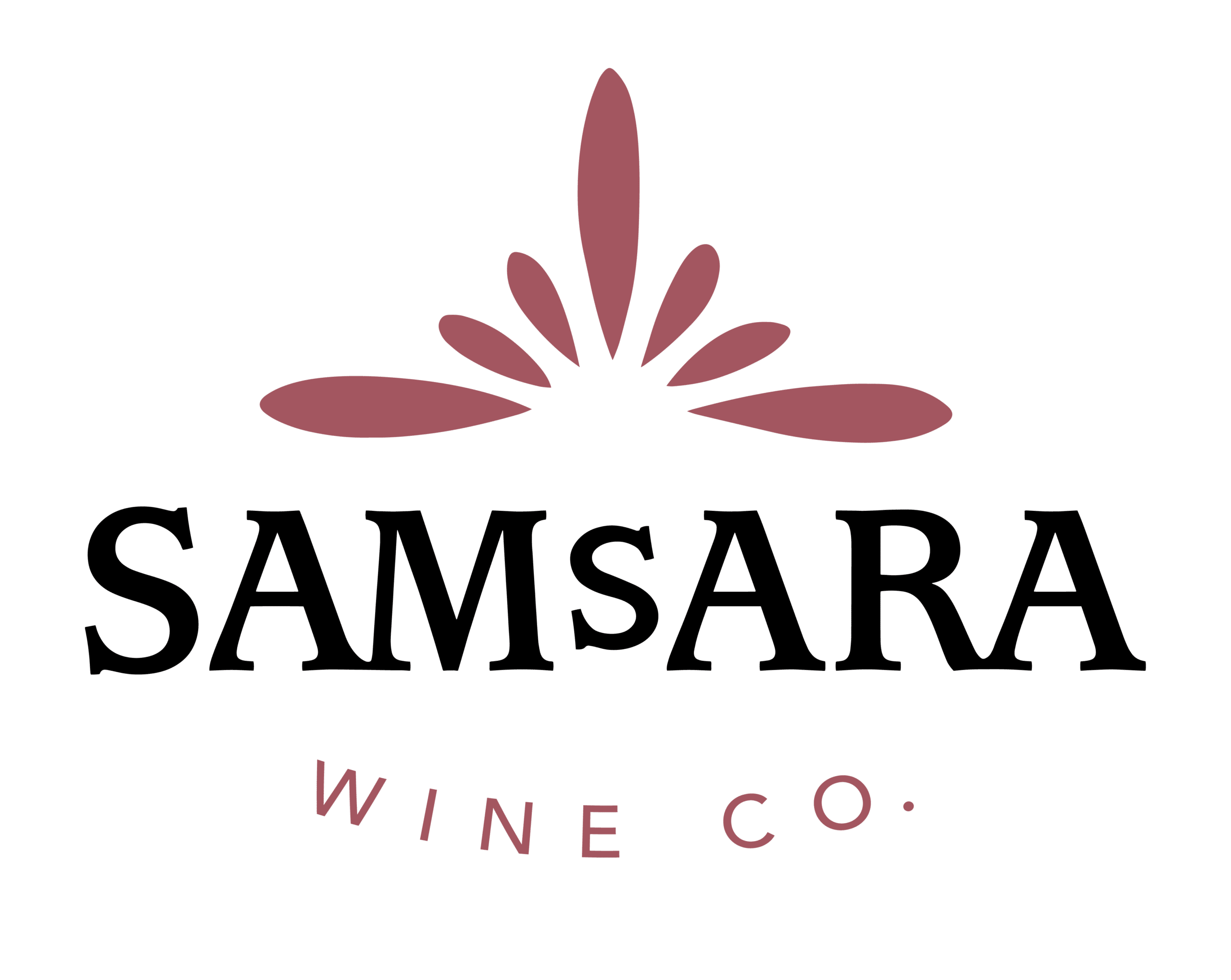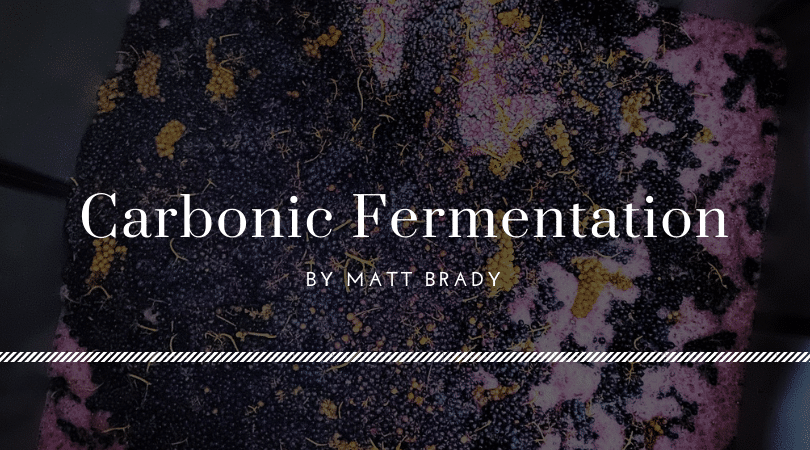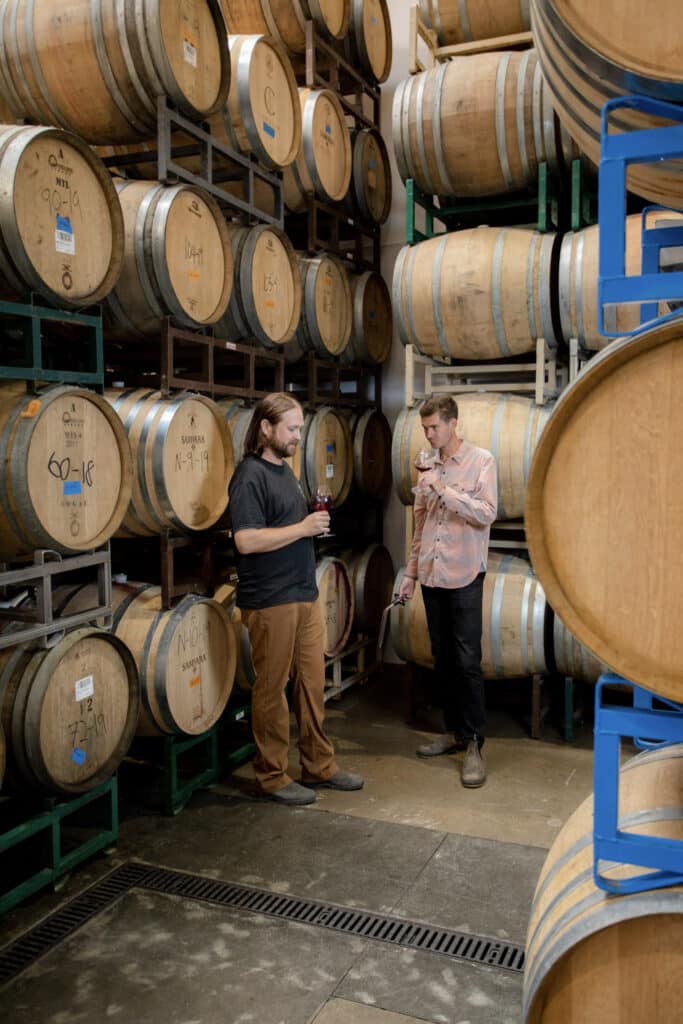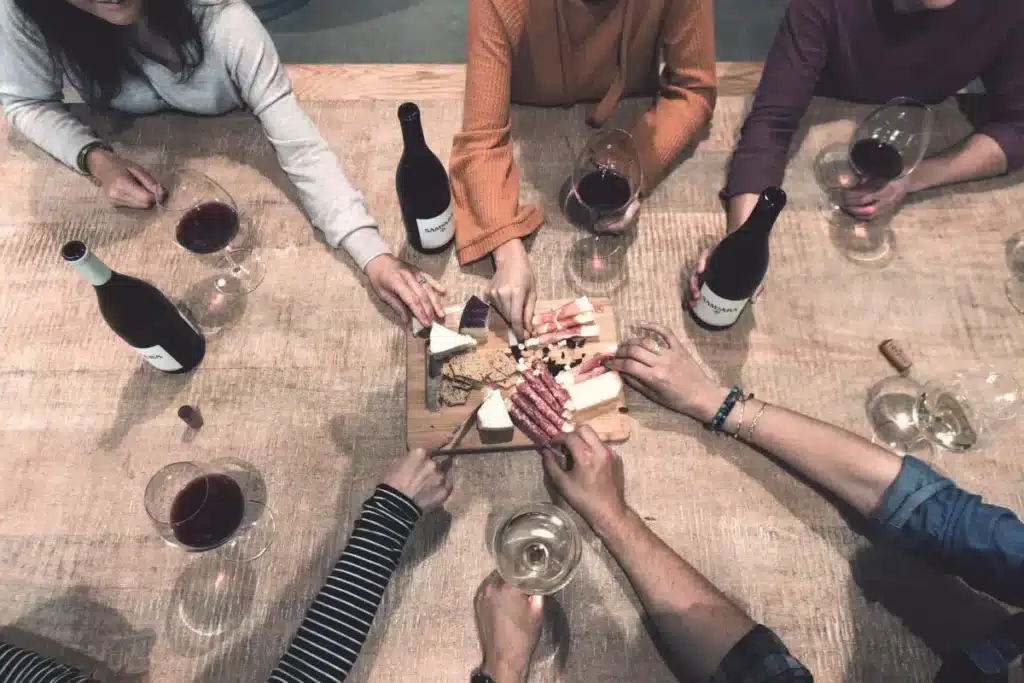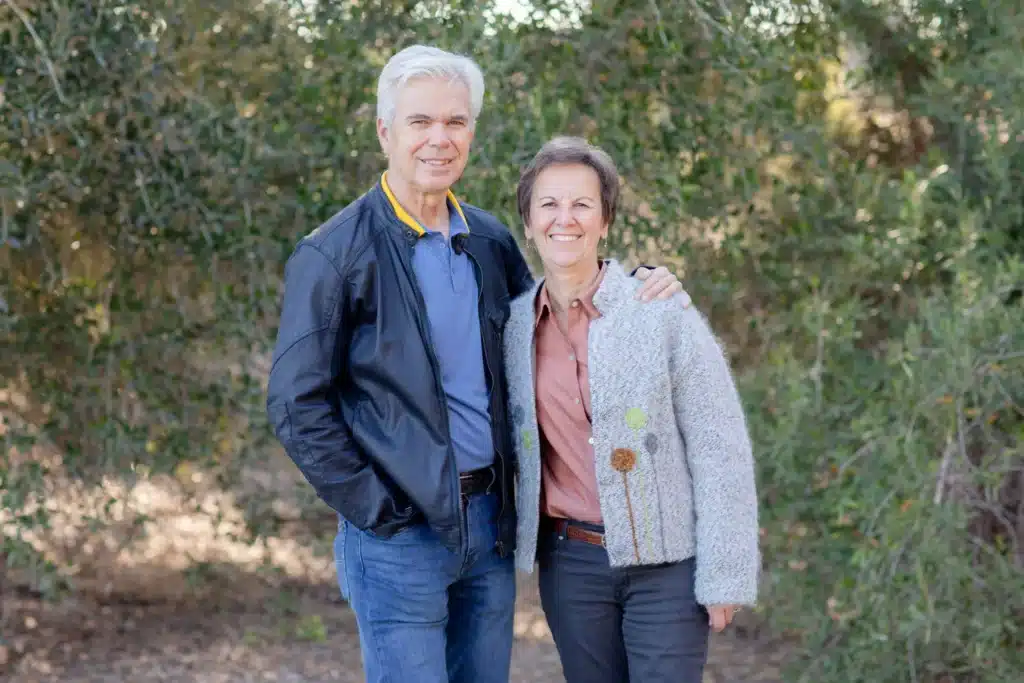No products in the cart.
Carbonic Syrah & Viognier, A First at SAMsARA!
We’re discussing one of this year’s most exciting experimentation in the winery with SAMsARA Winemaker, Matt Brady. SAMsARA team member Miles Cotton recently sat down with Matt for a little chat about what we can expect from this co-fermented, carbonic wine!
Hey, Matt. Thanks for joining us this morning. Just wanted to hear about what you guys are doing that’s special this year in the winery.
Well, one of my other favorite things to say is you can only practice making wine once a year. To take advantage of the limited time we have to make wine each year, we try some new things, think outside the box a little, and take a slightly different approach. Each year I aim to further my own understanding of what works well with each wine and with each vineyard. The goal of these experiments is to continue find techniques that will help us get the very best expression of terroir from our awesome fruit. The end goal is to just push the bar higher and through innovation and build the complexity and the quality of the wines we produce.
One of the most exciting things we’ve done in 2019 is our first carbonic wine. We’re doing a carbonic Syrah with a little Viognier co-fermented as well. Basically, the carbonic style is a fermentation that occurs in the absence of oxygen, and we achieve that by loading one of our stainless steel closed top tanks. Typically you make red wine in an open top fermenter to allow the CO2 gas to escape, but with this carbonic style, we’re making wine in a closed top tank in order to trap and capture all the CO2, and that anaerobic environment (environment without the presence of oxygen) – the fermentation actually starts inside the berry! We see a little bit of that carbonic action in our normal red wine production where we do a large percentage of whole cluster, and even at the end of fermentation you’ll be digging out the tank or dumping the bin, and we see these perfectly intact clusters. Even though the grapes look completely intact (no bursts or leaks) they’re still fermenting inside the berry.
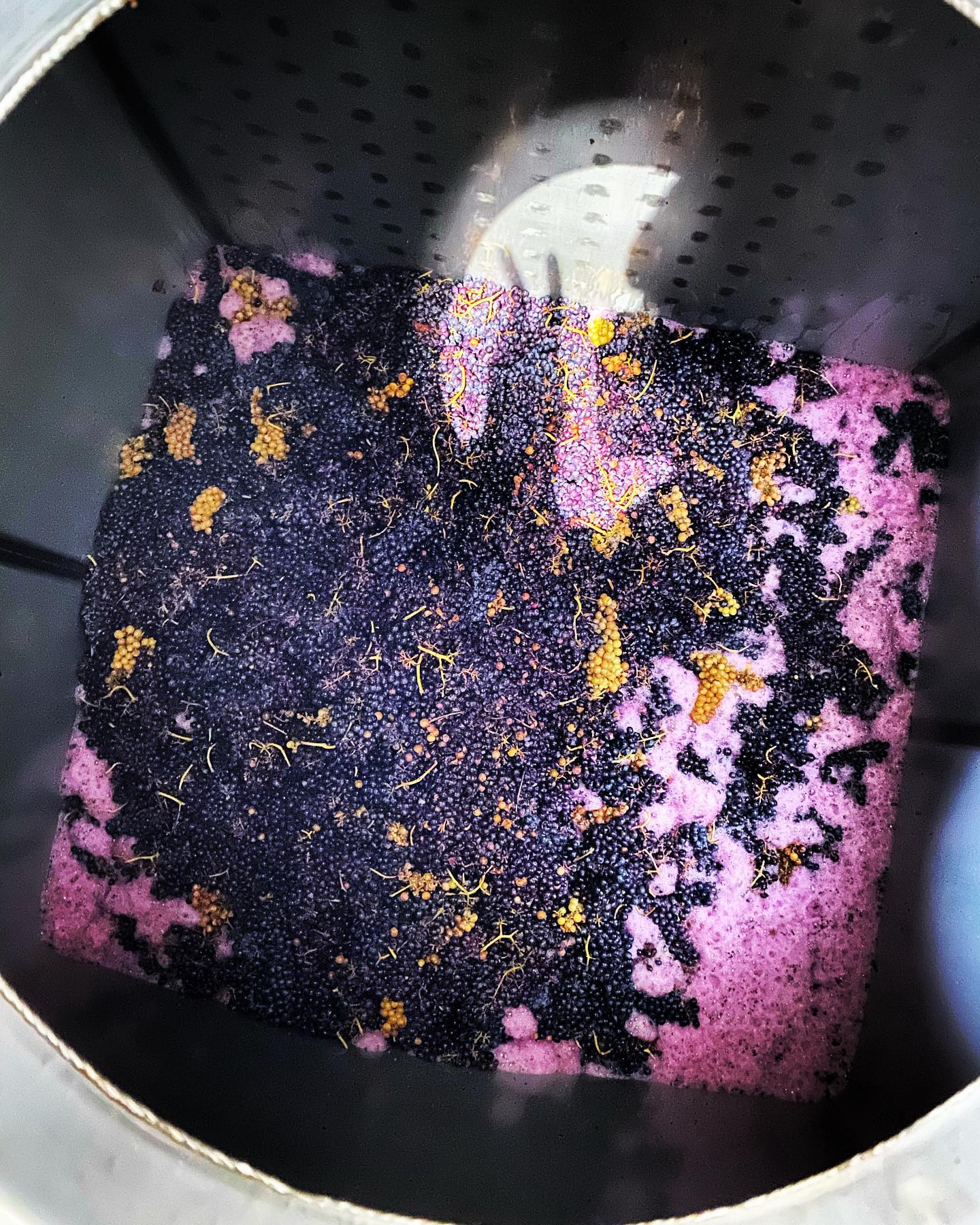
We’ve got these good, proudly made in the USA, tanks (TranStore tanks), and they held up to the stress. But it’s pretty dramatic and slightly frightening when you walk by and you see the tank completely flexed out. After about two weeks, we degassed the tank, we loosened the top, released all the CO2. About half of the fruit had totally broken down, as you can see in that picture, and the fermentation was really active. The juice that actually came out of the tank was measuring dry, and then when we dug the tank out and pressed the fruit, we used a white wine press cycle for that, similar to what we do for our rosé and our Chardonnay.
When we pressed the fruit, it pressed out to about six Brix, so it was still sweet. We have transferred that wine into tank where it will finish its fermentation, and then we’ll barrel it down to neutral French oak barrels to soften it up a bit. And we’ll be bottling it in the Summer of 2020!
Stylistically, I think the carbonic wines are a little bit less extracted. That being said, there’s plenty of color. This wine that we put into the tank is dark, a little bit less tannic, a little more fleshy and fruit driven. So, the idea is to have kind of a fresh, fruity, crunchy, spicy, aromatic, fun wine that’ll be optimal for summertime BBQs and that kind of thing.
Can you tell us your intention with co-fermenting with Viognier and what you expect that to do for the wine?
The co-fermentation with Viognier is pretty interesting, and that was another experiment that we did with different fruit. Well, same fruit, but different wines. We did some Syrah/Viognier co-fermentations with both the Dorian Syrah that we’re steering toward our red wine program, and then we did a little Viognier co-fermentation with Zotovich Vineyard Syrah too, which is pretty cool since the Zotovich has such an elegant, pretty profile already. I believe the Viognier’s going to really enhance that. In my experience, the Viognier does a couple things that are counter intuitive. First, you actually get darker wines by co-fermenting the Viognier with the Syrah, and it’s important to note that you don’t get a darker wine just by adding juice. It’s really the compounds in the Viognier’s skins that maximize extraction. There are special compounds in the skins that will actually pull out more color and make the wines both darker and having almost an ultraviolet wild color.
Second, the co-fermentation adds a little aromatic lift. Viognier is one of the most highly aromatic varietals because of hydrocarbons in it called terpenes, also found in Riesling and Muscat. The terpenes make Viognier highly aromatic, and a little goes a long way with co-fermentation, so it was sparingly used. We just added two to five percent in the different bins that we did, and with the carbonic Syrah, probably about five percent Viognier. So I believe it’s going to make both a darker wine, wildly aromatic and super complex! I know we’re going to want to taste it before it even gets to our lips just because it’s going to look and smell so freakin’ good!
Excellent. Thanks, Matt. We look forward to tasting this special wine!
Thank you for reading our interview. Now in 2020, our carbonic Syrah is in the bottle ready to taste. Read more about our carbonic Syrah here. Cheers!
